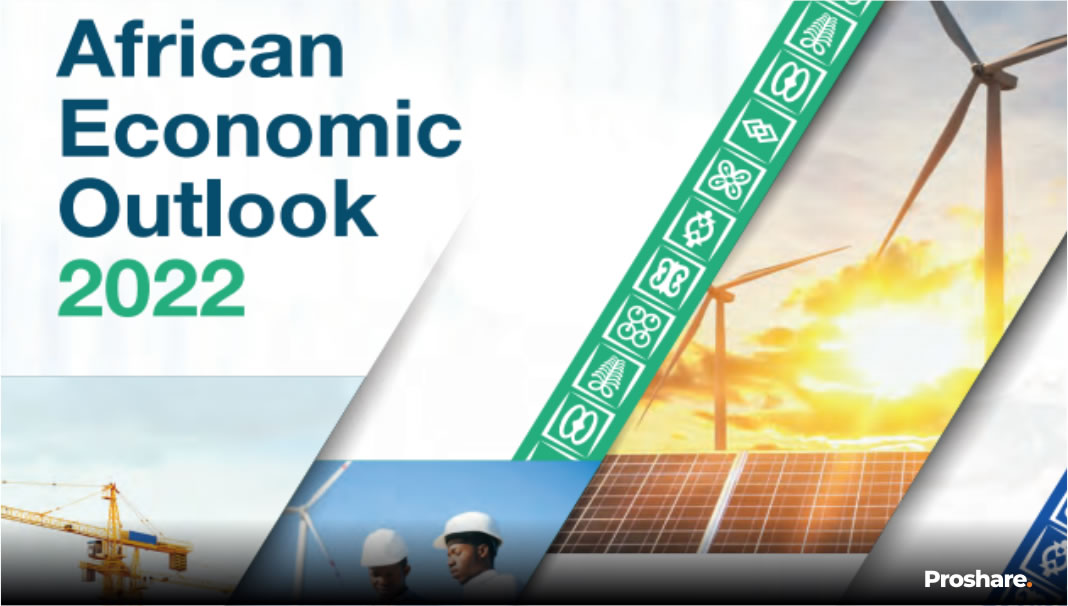International Monetary Fund (IMF), in a more pessimistic move, downgraded the 2022 global growth forecast for the second time this year to 3.2 percent, 0.4 percentage point lower than its revised forecast of 3.6 percent in April. Earlier in January 2022, the IMF projected that the global economy would slow to 4.4 percent from estimated 6.1 percent growth in 2021 due to several cross currents that began to slow the recovery momentum of 2021. It noted that the “global economy entered 2022 in a weaker position than previously expected” due largely to the spread of the new Omicron COVID-19 variant, and rising inflation which many saw then as being transitory.
However, the outbreak of war in Ukraine in February changed the course of the global economic conditions, prompting the IMF to downgrade the 2022 global growth forecast to 3.6 percent in April. However, since its last forecast in April, global headwinds have quickened with several countries (including advanced and emerging economies) experiencing economic slowdown in larger-than expected proportions.
In its new forecast, China’s economy is projected to expand just 3.3 percent this year, 1.1 percent less than anticipated in April. In the US, last year’s 5.7 percent expansion is forecast to more than halve to 2.3 percent in 2022. The UK with already dwindling growth is expected to further slow to 3.2 percent in 2022 from 7.4 percent in 2021. Euro area, already set for much lower growth this year than previously anticipated, has its projections lowered to a 2.6 percent expansion in 2022. Advanced economies are projected to slow to 2.5 percent from 5.2 percent in 2021 while emerging market and developing economies (EMDEs) are projected to slow to 3.6 percent in 2022 from 6.8 percent in 2021.
However, IMF’s growth forecast for sub-Saharan Africa (SSA) appears to be less pessimistic than that of advanced economies and even Asia. For example, the economic outlook for SSA was only slashed by 0.8 percent to 3.8 percent for 2022 with Nigeria and South Africa expected to grow by 3.4 percent and 2.3 percent respectively. The IMF disclosed that the global economic outlook had become much gloomier and extraordinarily uncertain, with inflation at historic highs and challenges to growth increasing.
Mounting Risks and Uncertainties Dominate Economic Slowdown
Fears Post-pandemic economic recovery started in 2021 with a larger-than-expected momentum bookended by a historic global fiscal stimulus of about $16.9trillion (trn). It was also supported by the ease money stance adopted by most central banks around the world. Consequently, global output grew by 6.1 percent in 2021 from a negative position of 3.1 percent in 2020. But policymakers never envisaged the myriads of headwinds that later began to undercut the recovery momentum. First was upsurge in inflation. The surge in spending on goods following the suspension of Covid-19 restrictions put upward pressure on prices as suppliers have been unable to keep up with demand.
Although policymakers initially misread the inflationary surge as transitory, the Russia-Ukraine war that started in February recalibrated the inflationary environment. Higher food and energy prices, supply constraints in many sectors, and a rebalancing of demand back toward services have in most economies driven up headline inflation. But underlying inflation has also increased, as reflected in different gauges of core inflation, reflecting the pass-through of cost pressures by way of supply chains and tight labor markets, especially in advanced economies.¹ Headline inflation in the US surged to a 41-year high of 9.1% in June from 8.6% in May. Inflation also reached a rooftop high of 9.1% in the UK, while the Eurozone’s inflation rose to a new high of 8.6% in June 2022. On the regional front, Ghana’s inflation breached the upper limit of the central bank’s inflation target (10%) for the 10th consecutive month after rising to 29.8% in June, a 19-year high. Similarly, South Africa’s inflation rose to a 5-year high of 7.5% in June. The War in Ukraine, which has currently defied all efforts to broker truce, is heightening global uncertainties and worsening the upside risk to inflation. The IMF baseline projection for global inflation is also more pessimistic, having been revised up to 8.3 percent in 2022 on a fourth-quarter-over-fourth-quarter basis, from 6.9 percent in the April 2022.
The global risk environment is also heightened by ongoing bandwagon of monetary tightening around the world, partly driven by inflation fears, and partly by the fears of currency crises. Since the US Fed ditched the view that inflation was transitory, it began raising the fund rate in a historic aggressive monetary tightening regime, raising the policy rate by a total of 175bps. In fact, about 53 central banks around the world were reported to have raised rates by 50bps or more in the past three months; and more rate hikes are expected in the coming months. Although many analyst contend that the current rate hikes may not be effective in curtailing a supply shock inflation, it may be the case of “if the only tool you have is a hammer, it is tempting to treat everything as if it were a nail” as Abraham Maslow observed. But the greater worry is that rate hike heightens downside risk to growth as both consumer and investment demands could plummet substantially.
IMF Remains Optimist about Nigeria’s Growth Outlook
The IMF retains Nigeria’s 2022 growth forecast at 3.4 percent amid worsening macroeconomic imbalances. Although real output grew by 3.6 percent in 2021, the National Bureau of Statistics (NBS) reported that real output growth slumped to 3.11 percent in Q1’22 with increasing possibility that it will further slowdown in Q2’22. Nigeria’s headline inflation reached a five-year high of 18.60 percent in June. In a bid to rein in inflation and reengineer price stability, the CBN ditched its unorthodox monetary policy and began a regime of monetary tightening which has seen it raise policy rate by a total of 250bps in two months. This move, in addition to curbing inflation, is expected to strengthen the Naira and slow capital flow reversals. However, the Naira has depreciated by 23% to N700/$ since the beginning of 2022. The worsening exchange rate crises combined with plummeting external reserves, and worsening fiscal cliff will further fuel inflationary pressure, deteriorate investment confidence, worsen the external balance and substantially weigh on the growth outlook. At FDC, we are projecting that Nigeria’s real output will slow to 3.0% in 2022.
 Lagos, NG • GMT +1
Lagos, NG • GMT +1











 318 views
318 views













 Sponsored Ad
Sponsored Ad
 Advertise with Us
Advertise with Us







